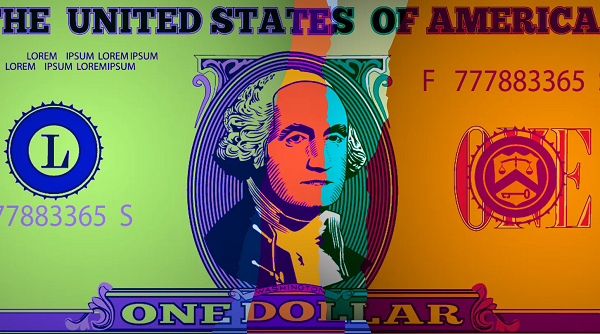Nearly half of every dollar spent by Medicare drug plans goes to private health insurers’ pharmacy benefit managers and wholesalers
By Wendell Potter
January 5th, 2024
 As members of Congress get back to business after the holidays, they seem to be poised to pass legislation that would address some of the abuses of pharmacy benefit managers (PBMs), the middlemen who extract so much money from the pharmaceutical supply chain.
As members of Congress get back to business after the holidays, they seem to be poised to pass legislation that would address some of the abuses of pharmacy benefit managers (PBMs), the middlemen who extract so much money from the pharmaceutical supply chain.
Recent research adds more urgency to the need to rein those companies in. And it’s important to point out that the three biggest PBMs, all of which are owned by big for-profit insurance companies, control 80% of the market. That’s far more concentration than in the pharmaceutical industry, as you’ll see below.
As Ge Bai, Ph.D., CPA, professor of health policy and management at Johns Hopkins Bloomberg School of Public Health and professor of accounting at Johns Hopkins Carey Business School, explained in a recent episode of the excellent Relentless Health Value podcast, PBMs take far more money out of the supply chain than any other entity, including the drug makers.
Bai told podcast host Stacey Richter that researchers at Hopkins and the University of Utah looked at the 45 most commonly used generic medications taken by patients enrolled in a Medicare Part D pharmacy plan in 2021. They found that for every $100 spent by the Part D plans, $41 went to the PBMs, $30 to the manufacturers, $17 to the pharmacies that dispense the drugs, and $12 to the wholesalers.
In other words, more than half of every dollar paid by Part D plans went to intermediaries (middlemen), and many of those middlemen–the big insurers that own the big PBMs–also operate Part D plans.
In fact, as the researchers noted in an October 2023 article in JAMA: “All but 29.9% of Medicare Part D dollars spent on 45 high-utilization generic drugs went to intermediary gross profit.”
And then there is this: Those insurers/PBMs make Part D enrollees pay varying amounts of money out of their own pockets–in some cases significant amounts–before their Part D plans will pay a dime. No wonder so many people on Medicare walk away from the pharmacy counter without their medications because of what they have to shell out. It’s money many of them simply do not have. They’re seniors and disabled people, and many if not most have little or no income besides their Social Security checks.
As Bai and Richter point out, 90% of the medications Americans take are generics, which are far cheaper than brand-name drugs. And Bai says generics should be cheaper in America than in other countries. Manufacturers, she explains, “get, in general, lower revenue in the United States for generic drugs than from other countries. We have very affordable generic drugs then from the manufacturer’s perspective, but probably not from the patient’s perspective.”
And here’s another stunning fact uncovered by researchers at the University of Toledo College of Pharmacy and Pharmaceutical Studies: Because of a common practice in the PBM business called “spread pricing,” 79% of the time Part D patients who haven’t yet met their deductible can get their drugs cheaper by paying cash than by using their insurance and paying the price “negotiated by their PBM.” Keep in mind that patients often have to pay the total cost of their medications–or a copayment that in many cases is higher than what their PBM pays for the medications–until they reach their deductibles, which are determined by their Part D plan. As Richter says, “Getting PBMs in the mix just seems to make the drug prices higher for patients.”
[READ FULL ARTICLE HERE]
